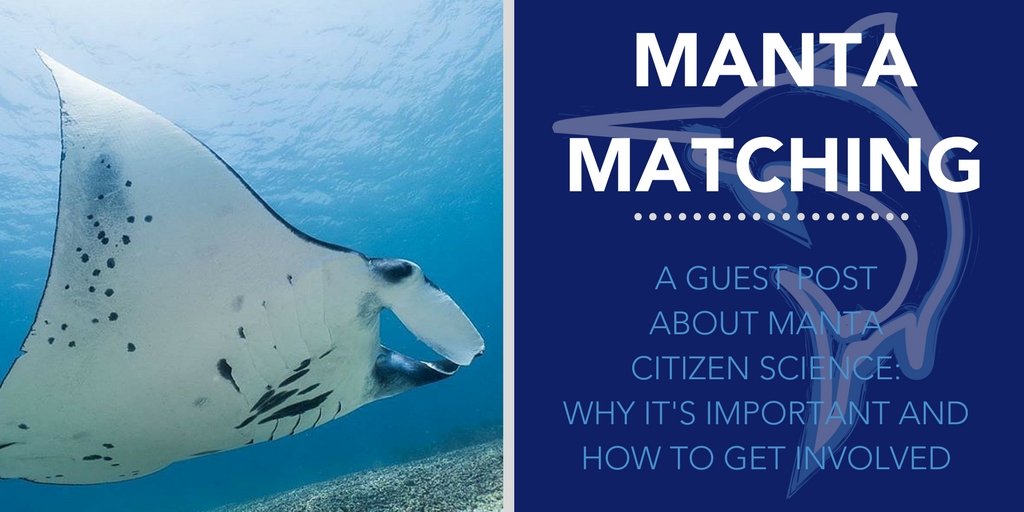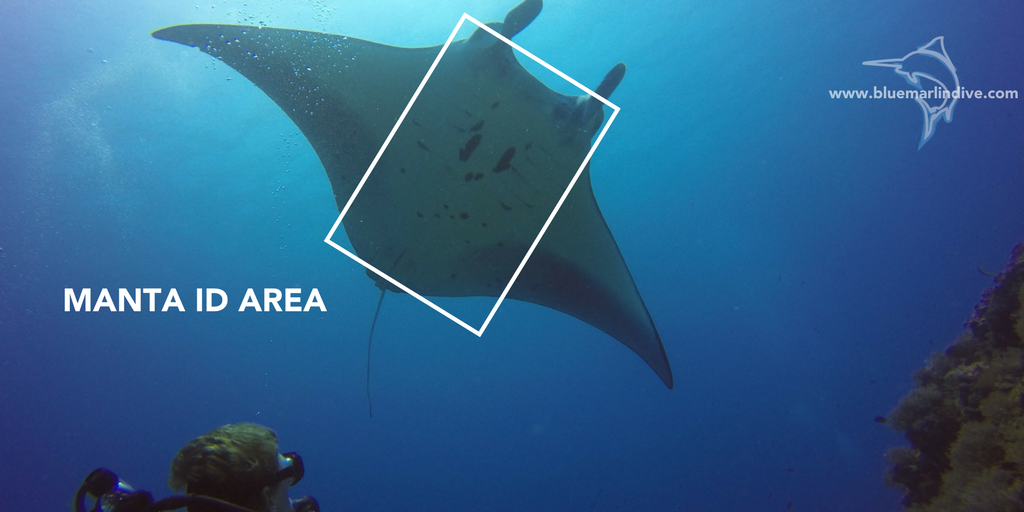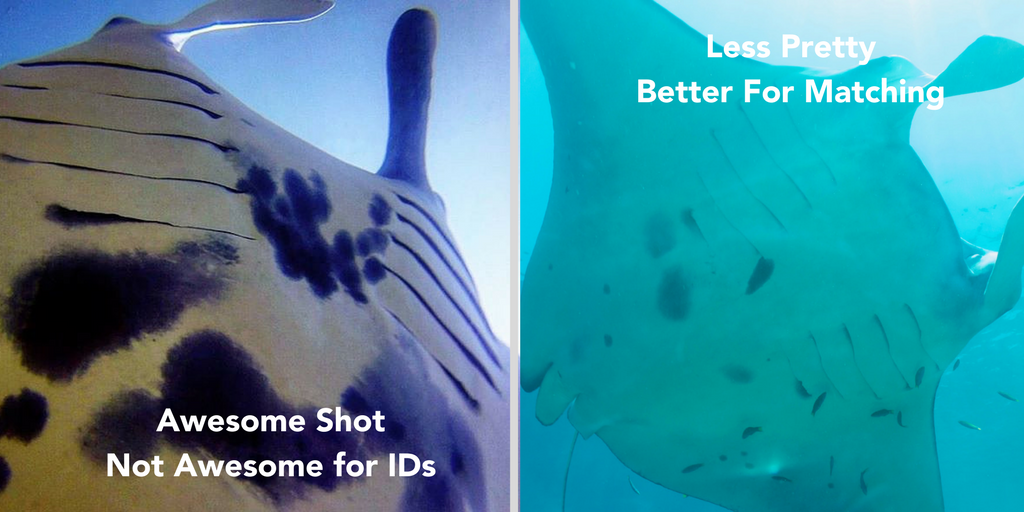
MANTA MATCHING IN KOMODO
Guest Post by Elitza Germanov, PhD Candidate and Marine Megafauna Researcher
Monitoring manta rays can be a life changing experience. Indeed this was the case for me. While working for a dive operator in the Komodo National Park I spent countless dives with manta rays and became more curious about these animals. I gulped up any information that I could get my hands on. Soon it became clear to me that the state of the manta ray population was in peril, mainly because of targeted fishing. This was in 2011 when the future of manta rays looked very bleak, they were not yet protected by Indonesian law nor were they listed by international protection conventions, such as CITES and CMS.

For those of you unfamiliar with Marine Megafauna’s (MMF) recent efforts, in our most recent publication from Indonesia, whereby we collaborated with like-minded organizations, such as Aquatic Alliance , we were able to prove that not only did reef manta rays make repeated long-distance migrations of at least 450 km, but they were leaving the safety of two marine protected areas and traveling past waters heavily targeted by fisheries. By drawing artificial lines around marine protected areas, we demonstrated that to truly protect these wandering giants, a more effective strategy would be needed. Thus, we were extremely ecstatic when Indonesia granted the two species of mantas national protection within their entire waters.
Now looking at the other end of the work I helped to achieve, I still feel that there is much more to be done. The good news is we are starting to understand more and more with each and every submission to the Global Manta Ray Database Manta Matcher. Trends are starting to emerge in individual manta rays.
Some of these mantas, “homebodies”, are commonly seen in Komodo and have been spotted in just one or two locations, suggesting that manta rays may have individual preferences in terms of environments. Others are seen infrequently and have only one or two recorded encounters to date. Then there are mantas that seem to move back and forth between the northern and southern aggregation locations within the Komodo National Park, and “jet-setters”, who are known to travel beyond Komodo to Bali over 450 km away.
Inspired by these magnificent creatures more people and businesses in the Komodo region are taking interest in solving the manta mystery by contributing photographs from their manta encounters to Manta Matcher so that we can learn more. To date, encounters in the Komodo database have originated from 79 unique submitters and include 1161 useable encounter submissions.

From this growing number of encounters, we will soon be able to answer some questions such as: How many mantas make up Komodo’s population? (currently, there are over 500 known individuals) What is the ratio of male to female mantas? What percentage are melanistic ? When in the year do we observe mating behaviour the most? Pregnant mantas the most? And juvenile mantas the most?
Most importantly, these submitted encounters help us monitor threats to manta rays, such as injuries resulting from entanglements with fishing gear. Manta INKNP0302A was spotted injury free back in 2011, but when last sighted her cephalic fin was entangled. Knowing how many of Komodo’s mantas are affected by similar injuries can help raise awareness for these issues. A study done by the Hawaii Association for Marine Education and Research (HAMER) shows 10-percent of the manta rays off West Maui have either damaged or severed fins from fishing lines. Continued long-term support will allow us to keep an eye on the population structure and hopefully allow us to mitigate future threats by working with local policy makers and stakeholders before the problem escalates.
Despite spending many hours underwater already this year, researchers cannot be in the water to monitor all potential manta encounters, so the support of the public is invaluable. So a “thank you” to those already involved in these citizen-science efforts. If you aren’t already involved but have photos of manta rays you can submit your photos and join the manta conservation team.
If you are not exactly sure what photographs and information we are looking for, scroll below for some ID photography tips. Or if you would like more hands-on training join one of MMFs partnering volunteer programs in Southeast Asia, Underwater Africa in Mozambique or take a PADI Manta Conservation Diver course, which we developed especially for conscientious divers like you. I guarantee that these experiences will leave your life changed too.
MANTA ID PHOTO TIPS
As mentioned before, if you have any good belly shots you can upload them to mantamatcher.org. Check out the tips below for useful tips:
- Try to remain stationary. Mantas are inquisitive creatures and will often approach when they don’t feel threatened.
- Try and position yourself below the manta to get the best shot.
- If a manta looks like it may swim over you, try holding your breath. Some mantas enjoy the tickle of the bubbles, but most don’t and this could scare them away.
- Try to get the entire underside of the manta in the frame. If you have a wide-angle lens this may be easy, if you do not, please do not be concerned. For a positive ID we only need one image of the standardised area on the underside of the animal.
- If possible, take as many consecutive photos as you can (especially if there are remoras or other fish concealing the ID area). This technique should ensure that you capture all of the information possible from the animal.
- Note if the animal had any deformities, distinguishing marks (e.g. abrasions from fishing nets, hooks or boat strikes), or scars (e.g. shark bites).
- Make sure to mark down the location and date of the encounter.


Once uploaded, the researchers will then compare the new picture with their database using an algorithm. Once the program presents the algorithm’s suggestions, the researchers compare these by eye and make the final match. Once matched, the submitter will get an email with the link to the manta’s ID, where it has been previously spotted and more information. If the manta isn’t in the database, you’ll even get the opportunity to name the manta!